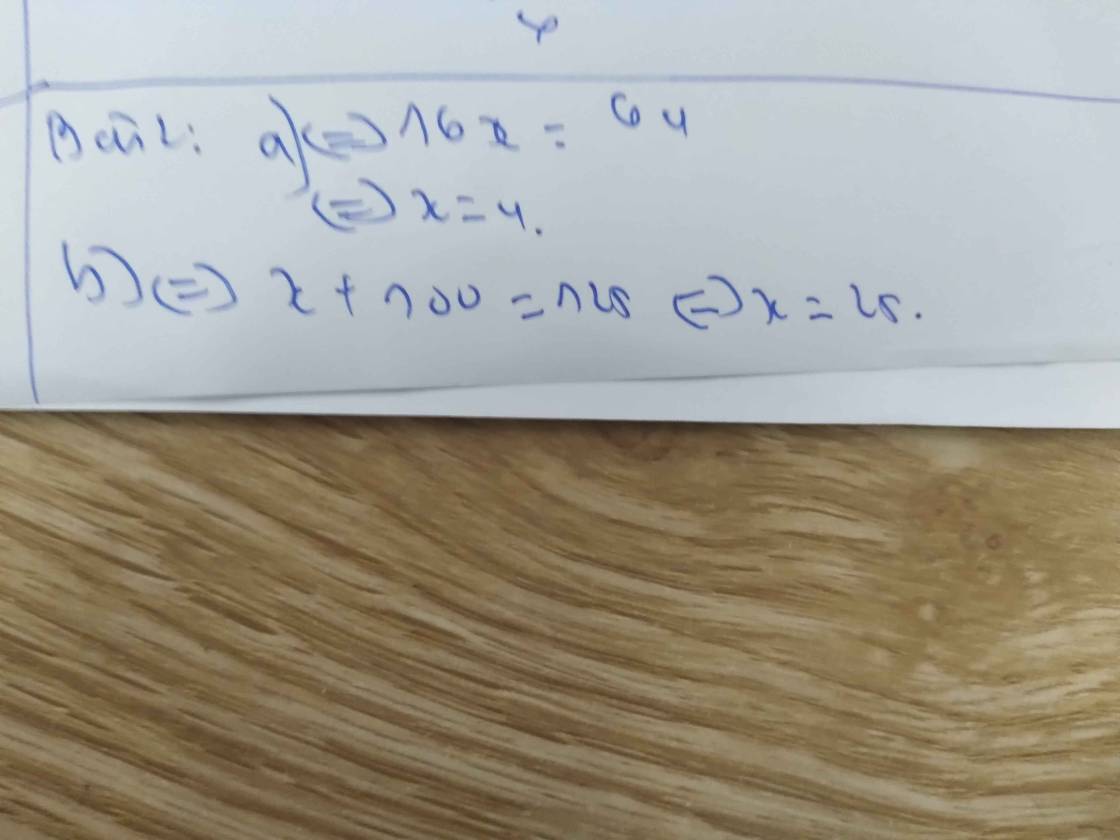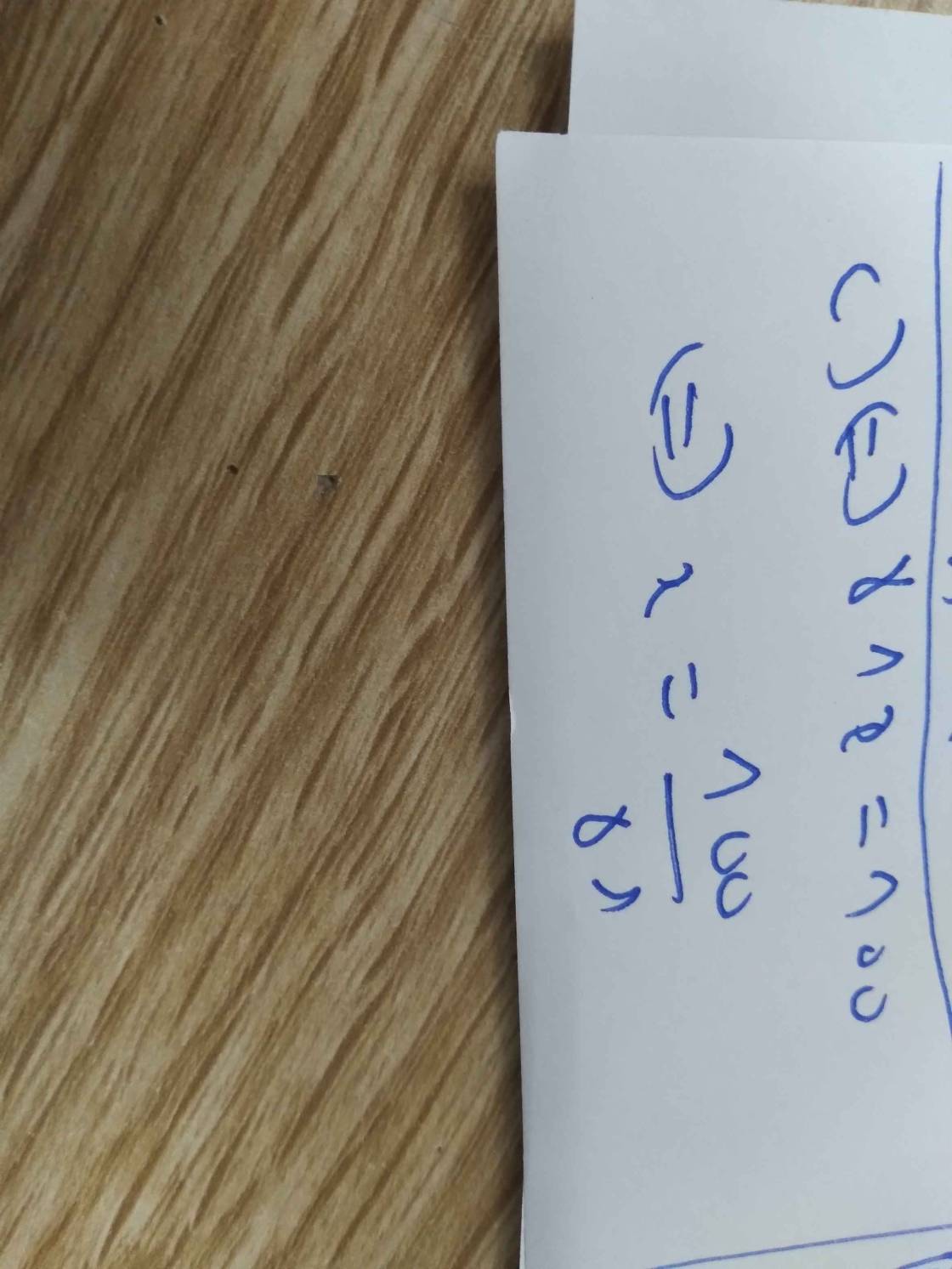Tìm a;b để :
a) \(f_{\left(x\right)}=x^3+\:ax^2+2x+b⋮g_{\left(x\right)}=x^2+2x+3\)
\(\text{b) }f_{\left(x\right)}=x^4-3x^3+3x^2+ax+b⋮g_{\left(x\right)}=x^2-3x+4\)
\(\text{c) }x^4-3x^3+bx^2+ax+b⋮x^2-1\)
Yêu cầu: Sử dụng phương pháp hệ số bất định. Tuy nhiên câu c không bắt buộc.



a) Do đa thức bị chia có bậc 3
đa thức chia có bậc 2
nên đa thức thương là nhị thức bậc nhất.
\(\Rightarrow\) Hạng tử bậc nhất: \(x^3:x^2=x\)
\(Đặt\text{ }đa\text{ }thức\text{ }thương\text{ }là:x+c\\ \RightarrowĐể\text{ }f_{\left(x\right)}⋮g_{\left(x\right)}\\ thì\Rightarrow x^3\: +ax^2+2x+b=\left(x^2+2x+3\right)\left(x+c\right)\\ =x^3+2x^2+3x+cx^2+2cx+3c\\ =x^3+\left(c+2\right)x^2+\left(2c+3\right)x+3c\\ \Rightarrow\left\{{}\begin{matrix}c+2=a\\2c+3=2\\3c=b\end{matrix}\right.\Rightarrow\left\{{}\begin{matrix}a=c+2\\c=-\dfrac{1}{2}\\b=3c\end{matrix}\right.\Rightarrow\left\{{}\begin{matrix}a=\dfrac{3}{2}\\b=-\dfrac{3}{2}\end{matrix}\right.\\ Vậy\text{ }để\text{ }f_{\left(x\right)}⋮g_{\left(x\right)}\text{ }thì\text{ }a=\dfrac{3}{2};b=-\dfrac{3}{2}\)
b) Do đa thức bị chia có bậc 4
đa thức chia có bậc 2
nên đa thức thương là tam thức 2
\(\Rightarrow\) Hạng tử bậc 2: \(x^4:x^2=x^2\)
\(\RightarrowĐể\text{ }f_{\left(x\right)}⋮g_{\left(x\right)}\\ thì\Rightarrow x^4-3x^3+3x^2+ax+b=\left(x^2-3x+4\right)\left(x^2+cx+d\right)\\ =x^4+cx^3+dx^2-3x^3-3cx^2-3dx+4x^2+4cx+4d\\ =x^4+\left(c-3\right)x^3+\left(d-3c+4\right)x^2+\left(4c-3d\right)x+4d\\ \Rightarrow\left\{{}\begin{matrix}c-3=-3\Rightarrow c=0\\d-3c+4=3\\4c-3d=a\\4d=b\end{matrix}\right.\\ \Rightarrow\left\{{}\begin{matrix}d-0+4=3\Rightarrow d=-1\\0-3d=a\\4d=b\end{matrix}\right.\Rightarrow\left\{{}\begin{matrix}a=3\\b=-4\end{matrix}\right.\\ Vậy\text{ }để\text{ }f_{\left(x\right)}⋮g_{\left(x\right)}\text{ }thì\text{ }a=3;b=-4\)
c) Do đa thức bị chia có bậc 4
đa thức chia có bậc 2
nên đa thức thương là nhị thức bậc 2
\(\Rightarrow\) Hạng tử bậc 2: \(x^4:x^2=x^2\)
Đặt đa thức thương là \(x^2+cx+d\)
\(\RightarrowĐể\text{ }f_{\left(x\right)}⋮g_{\left(x\right)}\\ thì\Rightarrow x^4-3x^3+bx^2+ax+b=\left(x^2-1\right)\left(x^2+cx+d\right)\\ =x^4+cx^3+dx^2-x^2-cx-d\\ =x^4+cx^3+\left(d-1\right)x^2-cx-d\\ \Rightarrow\left\{{}\begin{matrix}c=-3\\d-1=b\\-c=a\\-d=b\end{matrix}\right.\Rightarrow\left\{{}\begin{matrix}a=-3\\b=-\dfrac{1}{2}\end{matrix}\right.\\ Vậy\text{ }để\text{ }f_{\left(x\right)}⋮g_{\left(x\right)}thì\text{ }a=-3;b=-\dfrac{1}{2}\)
Câu a , b bạn Trần Quốc Lộc làm rồi , câu c mk làm cách k phải hệ số bất định cho
c) Do đa thức chia có bậc 4 , đa thức bị chia có bậc 2 . Suy ra thương có bậc 2
Đặt đa thức chia là : f( x )
Gọi thương của phép chia là q( x) , ta có :
f( x ) = ( x2 - 1). q( x) , với mọi x
(=) x4 - 3x3 + bx2 + ax + b = ( x2 - 1). q( x) , với mọi x ( 1)
Chọn các giá trị riêng của x sao cho :
x2 - 1 = 0 (=) x = 1 hoặc x = - 1
* Với x = 1 , ta có :
(1) <=> - 2 + 2b + a = 0 ( 2)
* Với x = - 1 , ta có :
( 1) <=> 4 + 2b - a = 0 ( 3)
Từ ( 2 , 3 ) ta nhận được : a = 3 ; b = \(-\dfrac{1}{2}\)
Vậy , với a = 3 ; b = \(-\dfrac{1}{2}\) thỏa mãn điều kiện đầu bài